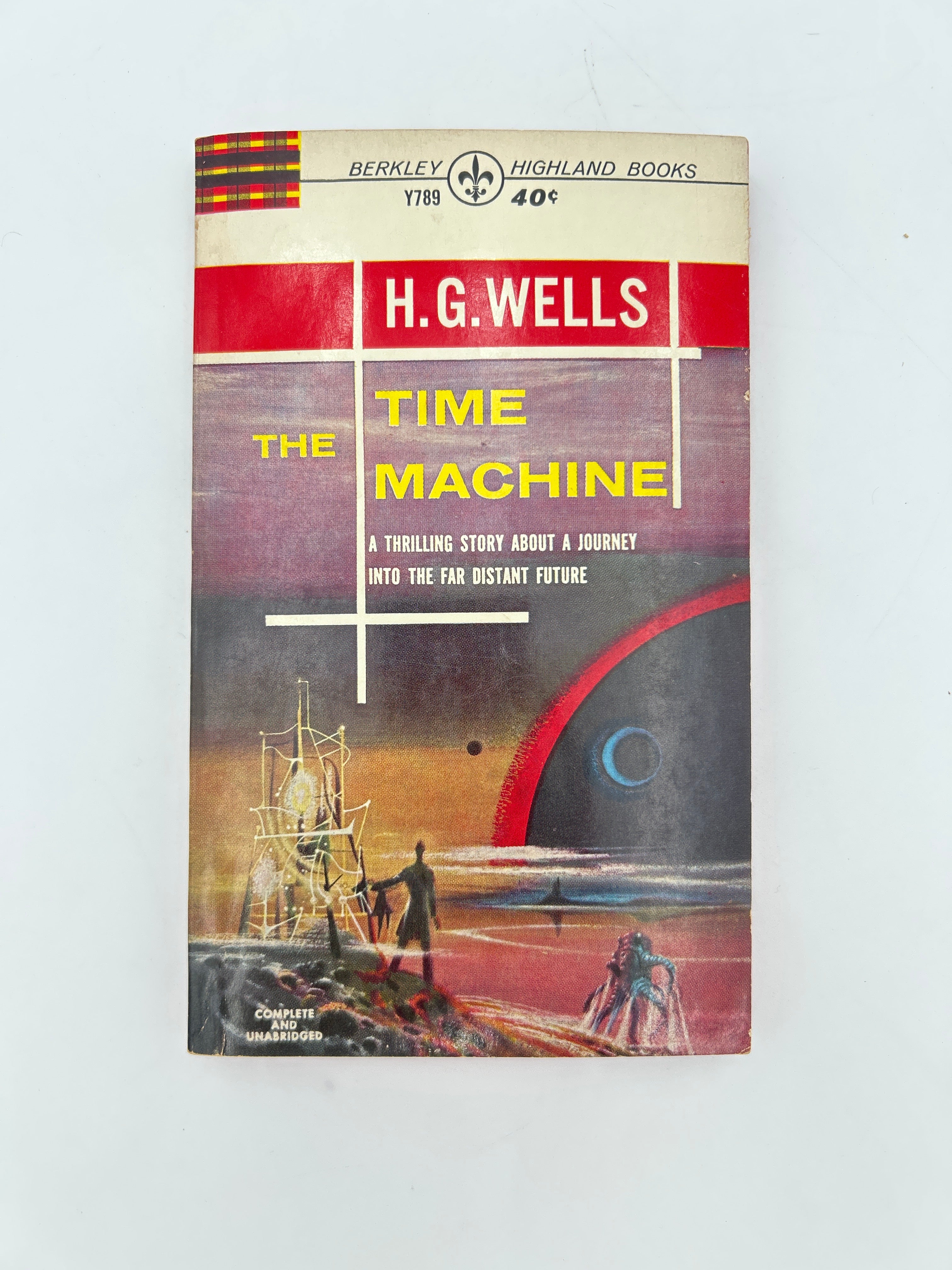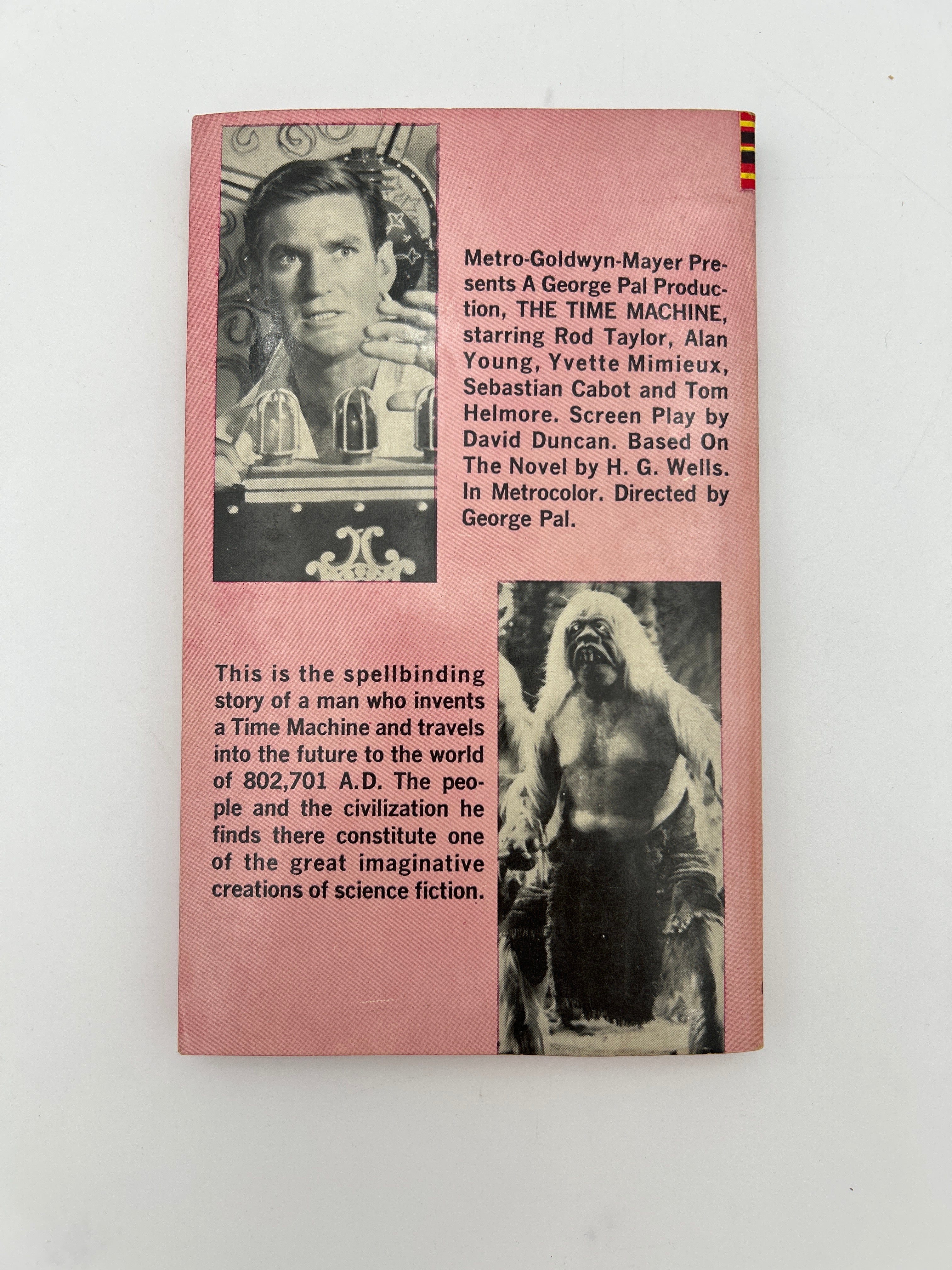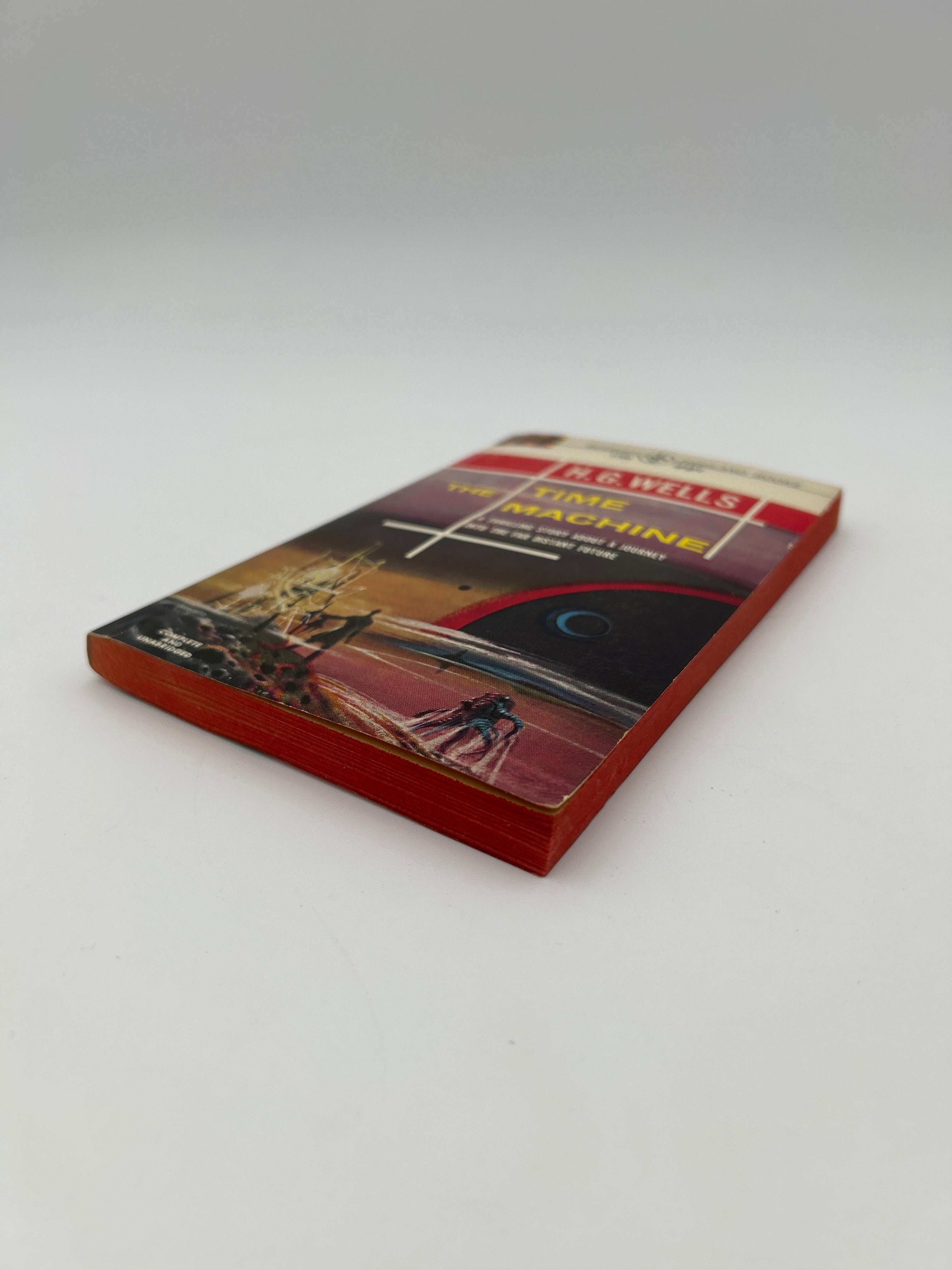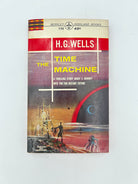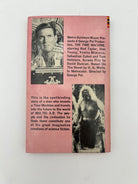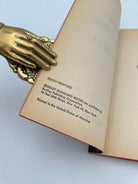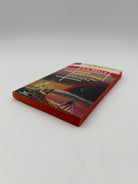The Time Machine
Couldn't load pickup availability
5W H. G. Wells, Berkeley. 10th paperback printing. Movie tie-in.
Notes
The Time Machine is a science fiction novella by H.G. Wells, first published in 1895. It is one of the earliest works to explore the concept of time travel, a groundbreaking idea that would shape the genre in years to come. The story follows an unnamed Time Traveler, a Victorian scientist and inventor, who builds a machine that allows him to travel forward in time. He journeys to the distant future, where he encounters two distinct races: the Eloi, a peaceful and passive people living in a utopian society, and the Morlocks, a subterranean, more sinister group who prey on the Eloi. As the Time Traveler explores this future world, he reflects on the implications of humanity's social and technological development and the potential consequences of unchecked progress.
The Time Machine is not just an adventure story but also a social commentary on the nature of class divisions and the effects of industrialization. Through the portrayal of the Eloi and the Morlocks, Wells critiques the growing disparity between the wealthy elite and the working class, suggesting that unchecked social and economic divisions could lead to a dystopian future. The novella also touches on themes of evolution, the potential dangers of scientific advancements, and the passage of time itself. The Time Machine remains one of Wells' most influential works and a seminal text in the genre of science fiction, continuing to inspire adaptations and interpretations across various media.
The popularity of paperback books began to soar in the mid-20th century, particularly after World War II. Before this, hardcovers were the dominant format, and books were often expensive and less accessible. The introduction of mass-market paperbacks by publishers like Penguin Books in the 1930s and later, the widespread distribution of affordable paperback editions, revolutionized the book industry. These books were cheaper to produce and more affordable for the average reader, leading to a significant increase in readership. Paperbacks became a favorite for their convenience, portability, and lower prices, allowing readers to easily carry and consume books on the go. This format also made it easier for publishers to release a wider variety of genres, including crime, romance, and science fiction, which attracted a broad audience. The paperback revolution democratized literature, making it accessible to more people and contributing to a surge in reading culture across the globe.
Description
Pictorial paperback with red edges. A few underlining pencil marks throughout. Fine condition.
